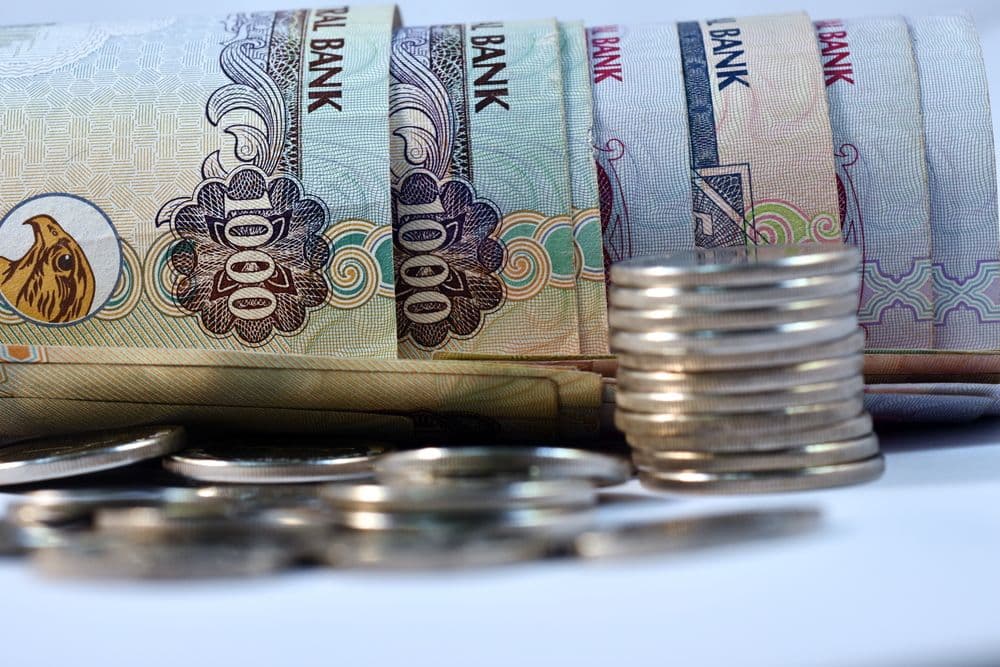Abu Dhabi is taking a bold step toward redefining its role in the global digital finance landscape, as three of its most influential institutions - ADQ, First Abu Dhabi Bank (FAB), and International Holding Company (IHC) - have announced plans to launch a dirham-pegged stablecoin, pending regulatory approval from the Central Bank of the United Arab Emirates.
The stablecoin, which would be fully backed by the UAE dirham and regulated by the central bank, is intended to operate on the ADI blockchain, an enterprise-grade infrastructure developed by the nonprofit ADI Foundation. The initiative signals a strategic move by the UAE to accelerate its blockchain ambitions, foster financial innovation, and lay the groundwork for broader adoption of machine-to-machine payments and AI-driven transaction systems.
The collaboration brings together three of the most prominent forces in Abu Dhabi’s economy:
- ADQ, a sovereign wealth fund focused on critical infrastructure, logistics, and global supply chains;
- FAB, the UAE’s largest bank and one of the most capitalized financial institutions in the region;
- IHC, a $243 billion conglomerate closely linked to Abu Dhabi’s ruling elite, with interests ranging from energy to healthcare.
In a joint statement, the institutions said the stablecoin will support a range of modern use cases, from programmable payments and cross-border settlements to next-generation financial infrastructure that integrates AI and IoT systems. The effort reflects a broader ambition to position the UAE as a global innovation hub for regulated digital finance.
Strategic Timing Amid Global Stablecoin Race
The timing of the announcement is particularly significant. As the market capitalization of U.S. dollar-backed stablecoins surges past $230 billion - with Tether alone commanding a 90% market share - countries around the world are stepping up efforts to issue sovereign or regionally backed alternatives.
Nations including China, Russia, Brazil, and members of the European Union are either piloting central bank digital currencies (CBDCs) or exploring state-supported stablecoins in an effort to diversify away from dollar dependence in digital transactions.
The UAE’s initiative stands out for its alignment between government, banking, and private sector entities - a triad rarely seen acting in tandem at this scale in the stablecoin space. By anchoring the project to a national currency and a compliant framework, the initiative aims to achieve regulatory trust without compromising technological ambition.
While analysts remain skeptical that non-USD stablecoins can meaningfully dent dollar-denominated dominance in the short term, some see the UAE’s move as a long-term play. According to a recent Citigroup report, most global stablecoin supply will remain tethered to the U.S. dollar, even as countries push for CBDCs and localized alternatives.
However, the UAE's approach - combining sovereign backing with scalable, enterprise-grade blockchain infrastructure - could become a template for other non-Western nations looking to preserve monetary sovereignty in the digital age.
If the Central Bank grants approval, the dirham stablecoin will mark a historic first for the Gulf region and add a significant non-dollar option to the increasingly multipolar stablecoin ecosystem
A Growing Ecosystem of Regulated Digital Currencies in the UAE
The launch of the digital dirham was previously announced on Q4 2025. Planned UAE's CBDC intended to serve alongside physical cash, streamlining payments, reducing transaction costs, and improving access to global markets. A recent rebranding introduced a new symbol for the CBDC - blending the Arabic character for “dirham” with stylized elements of the national flag to symbolize trust and monetary stability.
The UAE has laid significant regulatory groundwork for this transformation. In June 2024, the CBUAE implemented a comprehensive licensing framework for stablecoins, setting standards for issuance, oversight, and compliance. This regulatory clarity has attracted both domestic and global players. Following Tether’s announcement of a dirham-backed stablecoin in partnership with local firms, other issuers like AED Stablecoin also secured in-principle approvals, while platforms such as The Open Network (TON) have begun integrating UAE-regulated digital assets.
In parallel, Dubai’s Financial Services Authority (DFSA) has expanded its stablecoin framework, formally approving Circle’s USDC and EURC for use within the emirate’s financial free zones. Ripple, another major blockchain firm, has signaled interest in the region, positioning its RLUSD stablecoin for potential entry into the UAE’s regulated environment.
This layered digital currency ecosystem - comprising central bank-issued money, fiat-backed stablecoins, and regulatory endorsements for third-party issuers - reinforces the UAE’s ambition to be a global hub for blockchain innovation and financial digitization. The dirham stablecoin project backed by ADQ, FAB, and IHC is not an isolated development but rather a strategic piece in a much larger financial modernization blueprint already well underway.

